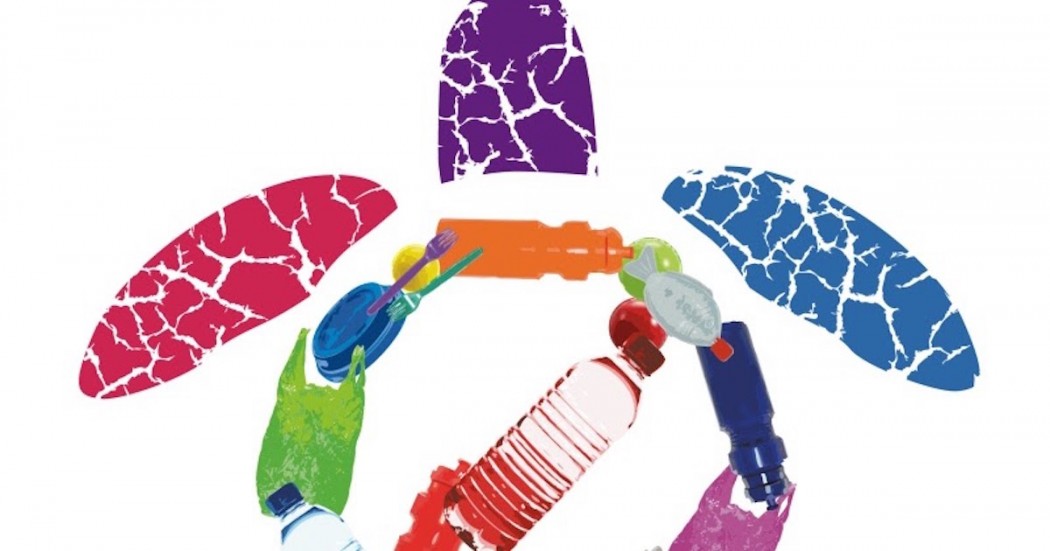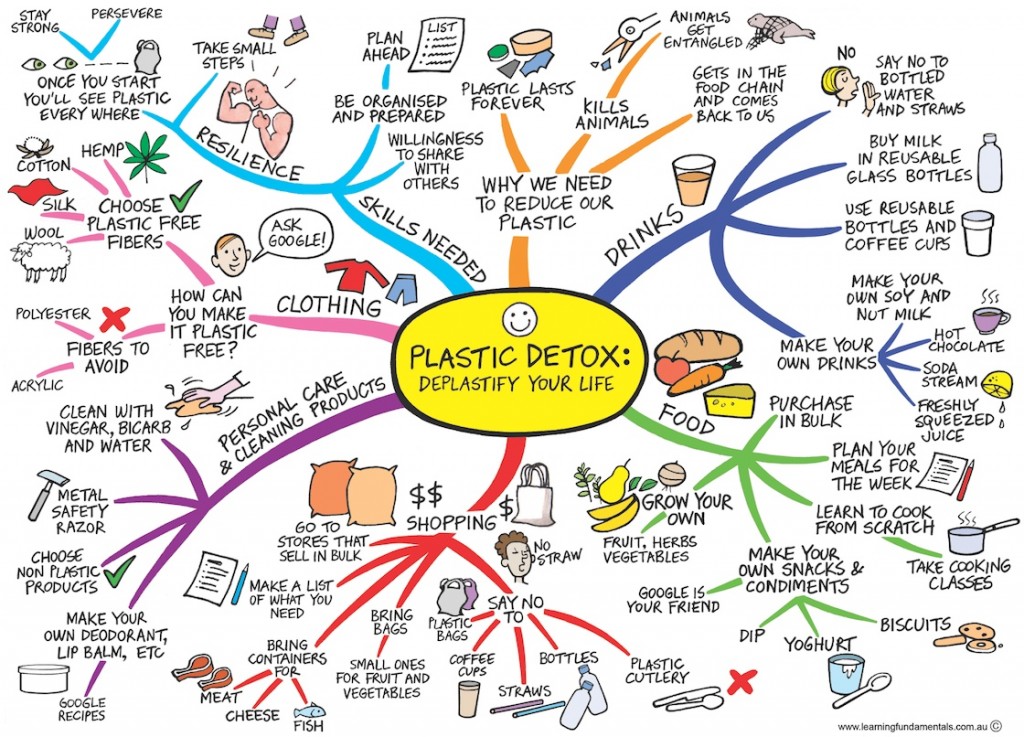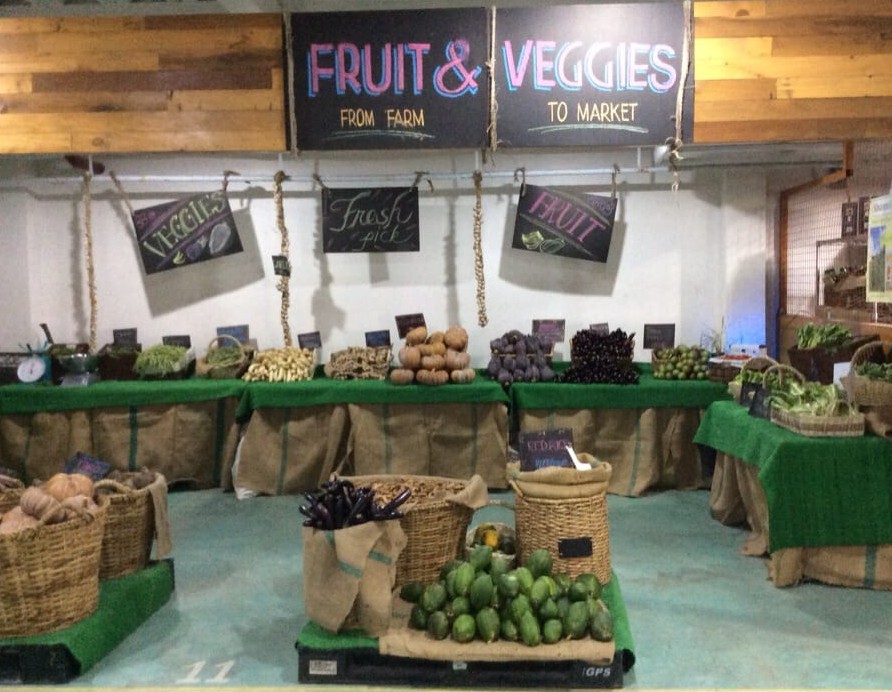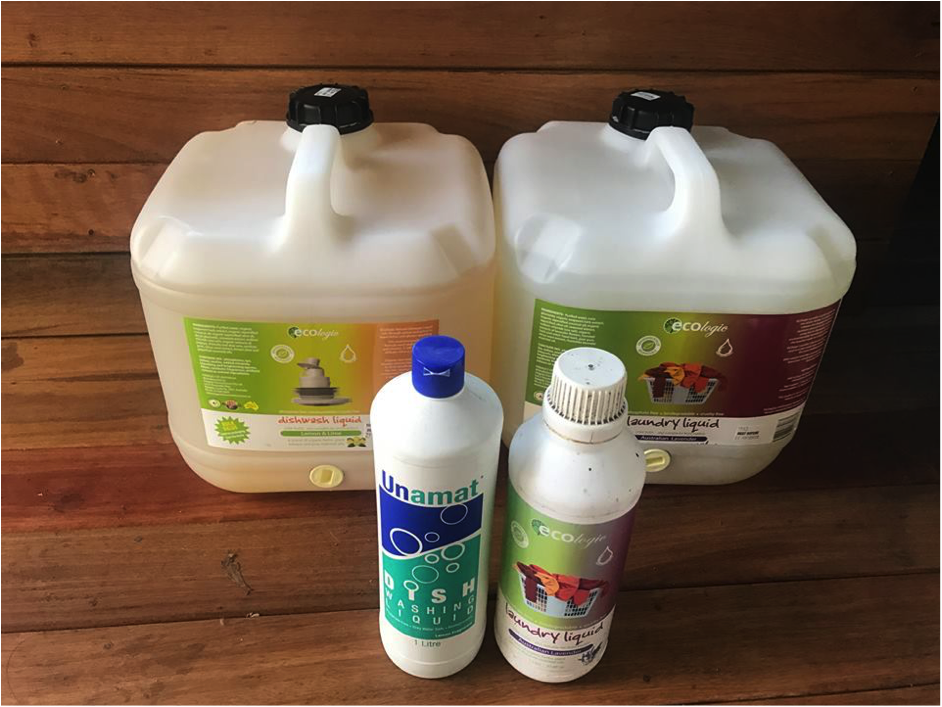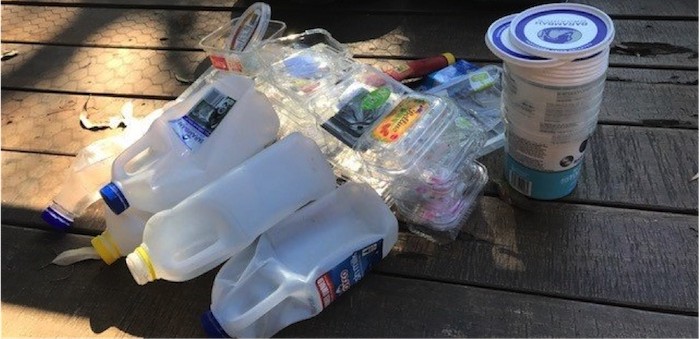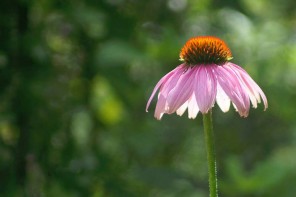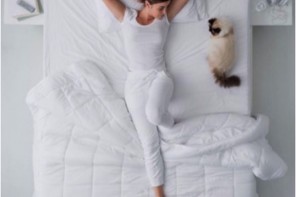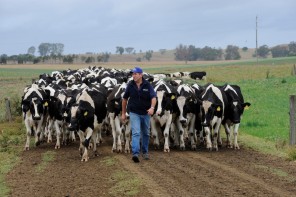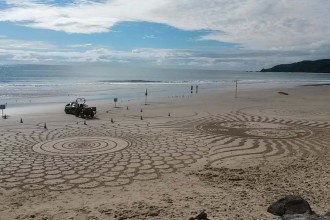A lecturer in environmental science at Southern Cross University, and a mum to two small children, Hanabeth Luke signed up for Plastic-Free July, and found that is was no easy task avoiding single-use plastic, no matter how hard she tried.
My main question is – why on earth did it take humans so long to figure out that plastic was going to be a problem? As kids we used to play with the rubbish that piled up on the Cornish beaches at high tide with the usual childish lack of interest in where it had actually come from. Personally, I’ve noticed the increase in plastic the most during my visits to Bali over the last 35 years. I’ve seen mountains of water bottles on beaches and tropical islands throughout South-East Asia, and I’ve seen plastic rubbish on fire, releasing dioxins and other nasties into the air. I’ve also seen tons of plastic on the beach, or just thrown off a boat. But what did I do? Well, aside from a few hopeless thoughts on the matter, I kept on surfing. Something was clearly wrong, but I didn’t have any idea where to begin to address this issue.
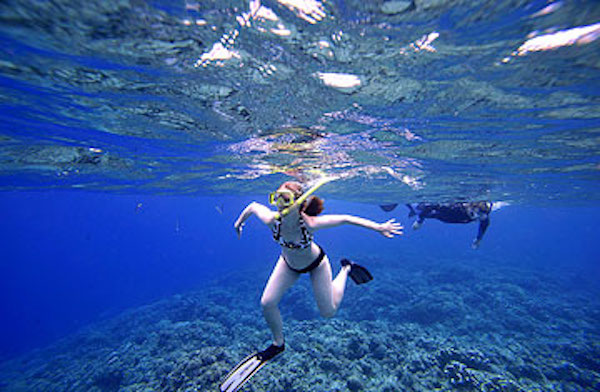
A snorkeller swimming amongst the rubbish in the once-pristine waters of the Bunaken National Marine Park in Indonesia.
Fortunately, the word is finally spreading about the scale of this problem – and, as a lecturer in environmental science, I thought that I had become reasonably aware of the issues, but as I was to find out there was a lot more I could learn.
I teach my students that an estimated eight million tonnes of plastic makes its way into the ocean, every year. I went with a group of students to Bunaken Island, an Indonesian Marine Park off northern Sulawesi, where we could choose from a range of research topics, but really, how could it be anything other than marine debris? On Bunaken, we did some educational games at the local school teaching them about marine waste. Seeing the figures up there in black and white hit me hard – does it really take over 400 years for a single nappy to break down? And what does it ‘break down’ into? Southern Cross Uni students worked with Bunaken high-school students to survey the plastics on their beaches and they found that a common perception was that the waste came from elsewhere. Their assumption had some basis – on the day of our arrival we had watched floodwaters sweep through Manado, bringing a steady stream of plastics floating out to sea. Sure, the cities were a solid source of plastics, and the issue had been exacerbated by the recent flood but our research also identified that a lot of the rubbish we found had been generated by the islanders themselves.
Back home in Australia, I’d swapped my single-use plastic shopping bags for, well, more robust plastic bags. I was trying to think more about it, but still the take-away and yogurt containers continued to form small mountains in my cupboards. A good friend of mine and former colleague, Dave Sharp, had retreated from society, and was walking up and down the East Coast beaches, picking up rubbish and living about as low-impact as a person can. I felt both inspired and ashamed. I pictured Dave picking up the bottles swept in by each high tide and beach barbeque; the abandoned lines and bait bags. It wasn’t easy and it took a huge toll on Dave at times. But although on his own, Dave wasn’t alone. Positive Change for Marine Life are combing the Australian beaches, while Surfers Against Sewage are doing the same in the UK.
Browsing Facebook one day (as you do), the ‘Plastic-Free July’ link popped up somewhere, and thinking this was the perfect opportunity to try harder, I ‘liked’ it, accepted the challenge and decided to share my experiences of going ‘plastic free’. Or at least my attempts to go ‘plastic free’. Even by the end of Day One I’d failed! I was going to a gathering and I was taking guacamole so I wanted to buy corn chips. After agonising over the plastic packets I finally decided to compromise on a half-paper, half-plastic bag. Then I got to the till and cheerfully grabbed a bag of current buns too. It didn’t occur to me until I was in the car that of course the current buns were in a plastic bag. Sheepishly, I posted my first failure, along with the fact that the little bag of corn chips had cost me $8.
It dawned on me that going plastic free was not likely to save me money, and that July was going to be harder than I thought. Following this first post, I received some great encouragement, and some great plastic-free suggestions. I posted a picture of our recycling container on July 1st, which provided a pretty good indicator of what I was going to miss the most (or not be able to avoid). I realised that a number of friends were also going ‘plastic free’, and one suggested I make my own yogurt. I realised that going plastic free was going to take more time. Having just gone on maternity leave, I had no excuse, except that I really really like that brand of yogurt.
I found that Clarence Dairy supplied milk in 750ml glass bottles, which was a relatively easy switch, but it did increase the cost by about a third. With the added complexity of being heavily pregnant, I quickly realised I couldn’t give up my favourite yogurt, which I was going through at lest 250grams a day (and night). The mountain of yogurt containers continued to grow. To quell my guilt, I emailed the dairy company to ask them about the possibility of supplying glass containers, but they never got back to me.
The third of July took me to Aldi for a food shop, and very quickly, I realised that almost everything convenient came wrapped in plastic. This is not limited to Aldi – supermarkets love supplying plastic-wrapped fruit and veg. And while I avoided a lot of plastic-wrapped treats, I still managed to find several plastic surprises once I’d opened the outer cardboard box.
The next shops I went to were PJ’s veggie shop and Pacific Bulk Foods in Lismore, and at last found myself among plastic-free friends. When we asked, they sold us cherry tomatoes in a paper bag, which I was extremely happy about. For raspberries and blueberries (another pregnancy staple), this was not so easy. Although I was among plastic-free friends at the bulk-food shop I still had to be organised, bringing my own containers for any liquids – fortunately another great use for my mountain of yogurt containers. We’d previously bought a large container of laundry liquid, which we’d nearly used up after almost two years, so I invested in a new one, and also 30 litres of dish-washing liquid. It wasn’t a small investment! Returning home, my husband commented that the 30L containers were still made of plastic, but I calculated this was still better than 30 1L containers, and I’m hoping to be able to swap or refill next time. I went home without any toothpaste as well because it was all in plastic tubes.
I was also becoming aware of all the plastics I’d barely noticed before, such as the stickers on apples, washing up sponges, microfibres on clothing, labels on tea bags, microbeads in my facewash. The beach, in particular, appears to be a magnet for poor quality products. Many are not much better than single use, such as crappy beach umbrellas just waiting for one good gust to put them out of action; cheap plastic camping chairs guaranteed to last one holiday – if you’re lucky – polystyrene bodyboards and all the plastic that a good picnic requires.
The plastic-filled universe around me seemed to expand with my own awareness! it On my birthday I decided to celebrate by going to the Bay FM 80’s disco – I was less than a month away from my baby’s due date, so this would be my last chance to boogie for a long time. It was a lot of fun, but it was also a plastic blow-out, with soft-drinks and water all served in a plastic cup. I nagged the organisers and realised how important it is for plastic-free ideas to permeate events like this. Then we had a last dash baby-free stay with friends at Moonee Beach, which was mostly easy due to the large proportion of wholesome and delicious home- grown meals, however we still forgot/failed to avoid plastic in fish n’chips sauce containers, and when I wasn’t looking, Hubby bought a case of Kilkenny wrapped in plastic.
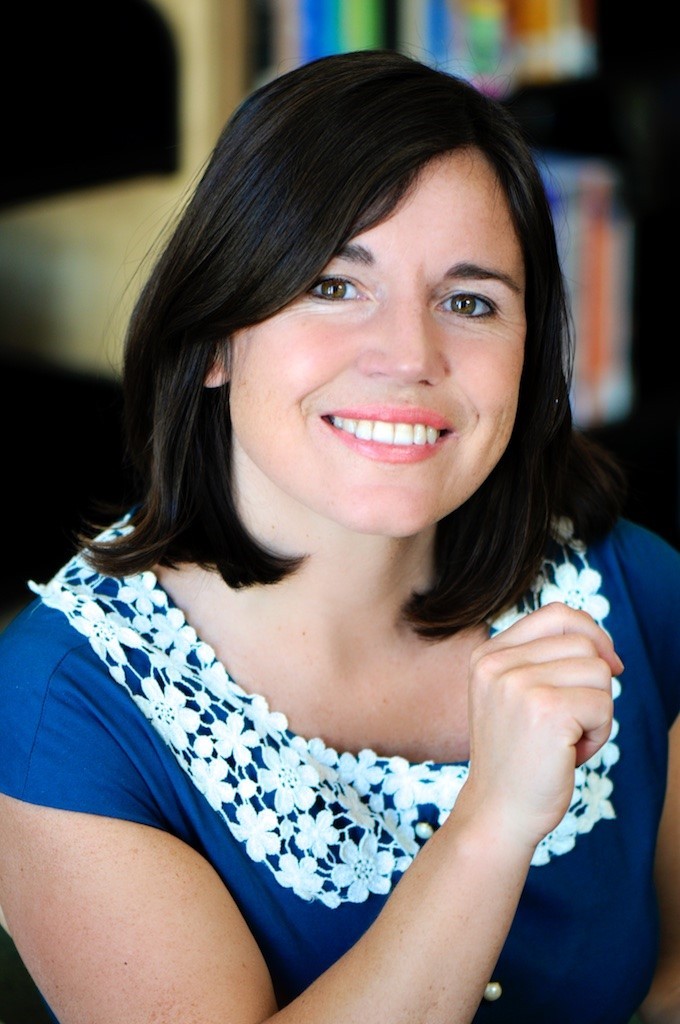
Dr Hanabeth Luke; Associate Lecturer, School of Environment, Science and Engineering, Southern Cross University.
We went to the movies to watch Wonder Woman, and the popcorn and jumbo juice came in cardboard looking containers which were, I suspect, plastic lined. This was when I discovered that NSW regs dictate the plastic lid to be mandatory so I avoided the straw at least. Travelling home on the Pacific Highway, my son’s emergency sausage roll came in plastic, with a plastic tomato sauce, containing more plastic than sauce. Once more convenience won over the planet.
During a weekend in Byron, I avoided the use of at least three disposable coffee cups due to the purchase of a nice new glass ‘keep cup’, but bought a yogurt meal pre-made in plastic cup (bloody yogurt again). Solution? It’s all – or mostly – avoidable with better organisation. At this point we decided to keep a picnic basket in the car with eating-out containers, cups and cutlery. And our own tomato sauce.
Another plastic-free blow out came on 22nd of July, along with the joyous arrival of our baby girl. Despite my extreme hunger at my post-birth breakfast, I couldn’t help noticing that everything was wrapped in plastic. I thought of all the little trays throughout the hospital, at all the hospitals in Australia. The health system: another institution that could seriously cut down its plastic use. Another admission I have to make was my online baby item purchases, most of which came wrapped in a decent amount of plastic. I hadn’t previously noticed that Australia Post had at some point switched to all plastic envelopes.
While one plastic-free breakthrough for us was that we finally toilet-trained our boy during July, thank goodness, that didn’t fix the bigger conundrum for our new baby. While we’ve been using cloth nappies for our newborn, with our first kid we noticed that nights were so much better when we weren’t needing to change wet cloth nappies at night: one disposable nappy and you’re set. Plus, you avoid the daily need for washing, including the energy and water involved. We reconciled by using a high-quality compostable brand, Naty, which is almost completely compostable except for the velcro tags. As time went on we replaced the cloth nappies all together. Except, what do you actually do with the compostable nappies, in reality? Well they stink, so you wrap them in plastic if there’s no compostable bags around. You can’t put them in your own compost because there’s too many of them, and you can’t put them in the Green Waste bin because the tip workers would hate you when they went through the chipper. So (sigh), they end up in landfill. There’s a bit of guilt relief with the knowledge that they won’t sit there for 450 years, but surely there’s a research/business opportunity right there. Babies go through a lot of nappies. A very dry winter left us with little water, so the daily wash required for washable nappies became a little untenable. We did manage to switch from disposable wipes to a reusable washer, and that was surprisingly easy – and we’ve also been inspired to plant a small veggie patch.
Since July, I’ve become more aware of a whole new range of biodegradable products such as bamboo hair brushes and vegetable-based kitchen scrubbers, and beeswax covers to replace cling film (I’m going to make that purchase RIGHT NOW!). I noticed that SCU are now giving out bamboo USBs to students. People are pioneering plastic replacements made from shrimp shells; developing biodegradable boat paint; and the Five Oceans crew are making surfboard fins out of Indonesian ocean plastics. A Norwegian billionaire agreed to fund the world’s largest yacht to scoop up marine plastic. There are endless opportunities to go plastic-free, including plastic-free picnics, business meetings, conferences, parties and festivals. I know there are people working hard in many of these areas, but this is just the beginning.
As July came to an end, I pulled our plastic waste out of the recycling bin and weighed it, with yogurt containers, along with the blueberry, strawberry & raspberry packets, making up a significant portion of 750 grams of our hard plastics. Once again seeking to relieve my guilt (while creating a movement of consumer demand), I contacted five different berry companies about their packaging, receiving a response from only Driscolls, who had tried other options, but had settled for using grade one recyclable plastic to keep the berries fresh. Perhaps berry packets would be a good use for the new plastics being developed from shrimp shells? I hope that the berry companies and many others will revisit their plastic use sooner rather than later.
Over one million people from 159 countries registered and took part in Plastic Free July. The experience provided me with the opportunity to discover and share some awesome plastic-free ideas and initiatives. It was really good for setting up some basic habits to reduce my family’s plastic waste, but it also made me aware of the balance between convenience and plastic. I wish I could say I was ‘plastic free’, but really we still consumed quite a lot of products that were packaged or posted in plastic. Eating on the run was a challenge but we became more organised and had some lovely picnics. I absolutely acknowledge that the extra time I had being on maternity leave allowed me more time to even think more deeply about this, let alone take the little extra time needed to plan better and make better choices.
Unfortunately, on a global scale there is still a long way to go, with companies such as Coca Cola producing about one million plastic bags each minute, of which only about 9% are recycled. It’s mind boggling. I’ve said for a long time many big companies could change things for the better, astonishingly fast, if they chose to. But nevertheless around the globe, I see hope: Costa Rica plans to be the first country to ban all single use plastics by 2021; while France has passed a law to ensure all plastic cups, cutlery and plates are made of biologically-sourced materials which can be composted by 2020; India is banning all disposable plastic in Delhi, its capital city. In July this year, the UK government announced that it was banning microbeads, another insidious plastic in our sunscreens and beauty products. Back at home, Woolworths and Coles agreed during this July to phase out single-use plastic-bags in New South Wales, Victoria and Western Australia, a big win with Queensland Woolies the final State planning to make the shift in 2018.
I strongly believe that our personal consumptive choices do make a difference: we vote with our wallets and our daily purchases. Whether we like it or not, we’re as guilty of generating plastic as anyone in the world. While we may be only just embarking on the plastic-free road, I feel confident that this is an environmental issue that we have every opportunity to turn around.

